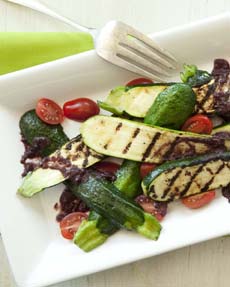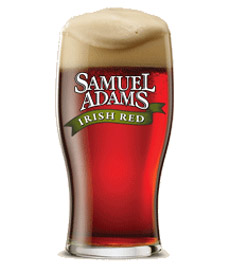|
There’s a lot of press about avoiding GMOs, genetically modified (GM) organisms. You may have been eating genetically modified food for years without knowing it. The Environmental Working Group conservatively estimates that each American consumes about 190 pounds of GM foods every year. The U.S. regulatory system is set up to deal with GM-related problems only after they occur.
GMOs refer to any living thing—animal or plant—that has had its genetic material altered in some way by science (it’s called biotechnology). This is different from selective breeding, a time-honored practice where crops or livestock are selectively bred by horticulturists to improve the variety (to withstand heat, for instance).
Instead, GMOs are the result of manipulation in a laboratory whereby segments of DNA are spliced, rearranged or removed altogether. It can create what are called “Franken-foods”: fish genes can be spliced into fruit, for example.
Some of this article is adapted from one written by Shelley Stonebrook for Care2.com. Here is the original article.
|
|

Chances are, your supermarket tomatoes have been genetically modified. Photo courtesy Domain-Image.com.
|
THE GMOs IN YOUR LIFE
From cereal and crackers to baking mixes, veggie burgers, milk and cheese, GMOs have been appearing, unannounced, in supermarkets—without much study into their long-term health effects on humans. Included on the list of top 20 genetically modified foods are bananas, corn, potatoes, rice, soy, squash, sugar beets and tomatoes.
The leading GMO crops in America: beets, canola, corn, papaya, soy and zucchini are likely to be GMO.(Olive and safflower oils are moist likely to be non-GMO.)
And now, the world’s first GMO animal—farmed salmon—is ready for market. It is now awaiting approval from the FDA, which concluded in December that the fish it would be as safe to eat as conventional salmon. Read the full article in the New York Times.
|

Who knew that zucchini was a major GMO crop? To avoid GMOs, shop at natural foods markets like Whole Foods, where even the non-organic produce is non-GMO. Photo courtesy Whole Foods Market. |
|
Here are four issues that can impact your family’s health:
Allergies: Genetic engineering can increase the levels of a naturally occurring allergen already present in a food, or insert allergenic properties into a food that did not previously contain them. It can also result in brand new allergens.
Antibiotic Resistance: Genetic engineers use antibiotics to guide experiments. The surviving cells are antibiotic-resistant, which tells engineers that the cells have taken up the foreign gene. Overuse of antibiotics can potentially cause the development of antibiotic-resistant pathogens that affect humans.
Pesticide Exposure: The majority of GM crops in cultivation are engineered to contain a gene for pesticide resistance, so that pesticides can kill weeds without endangering the crop. However, this increases human exposure to pesticides.
Unpredictability and the Unknown: GM crops have been linked to health problems as diverse as Alzheimer’s disease, cancer, diabetes and reproductive damage. Concerned scientists have been outspoken about these risks.
|
|
WHAT CAN YOU DO ABOUT IT?
Take action against GMO foods. Choose organic foods wherever possible (certified organic products cannot contain GMOs). Buy at farmers markets and upport farms that refuse to grow GMO foods.
Pressure your lawmakers to force agriculture companies to label GMOs. Right now, you don’t know what you’re buying. You have the right to know what you’re feeding your family. It’s unlikely that GMO products will be banned, but they can at least be identified.
Get active. Advocacy groups such as Greenpeace and World Wildlife Fund have concerns that risks of GM food have not been adequately identified and managed, and have questioned the objectivity of regulatory authorities. Look for an anti-GMO group in your area and see how you can help.
Hopefully, soon we’ll see products stamped with the Non-GMO Project Verified logo.
|
|





